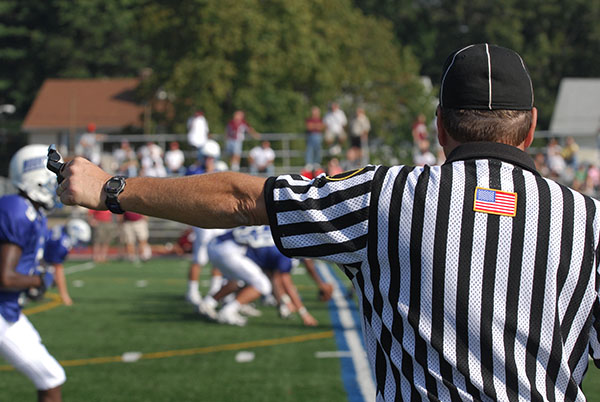
Defective Home Construction? Know Your Rights and Responsibilities

Are you thinking it is time to build your new dream home or do some remodeling to your existing home? Are you a busy homebuilder just trying to keep up? In either case, you should be aware of a Wisconsin statute that sets out procedures for addressing defects that arise as a result of construction and remodeling projects.
Wisconsin Statute 895.07 was created for claims against contractors and suppliers related to the construction or remodeling of a dwelling. A dwelling is defined by the statute to mean more than just a new home. A dwelling includes other existing structures on a residential premise, such as driveways, sidewalks, swimming pools, patios, terraces, fences, porches, garages and basements.
Wisconsin law provides that prior to entering into a written contract to construct or remodel a dwelling (or as soon as possible but before starting work if the contract is oral) a contractor shall give notice to the consumer of his or her rights under Section 895.07. The specific language to be used may be found in Wisconsin Statute 101.148.
Should defects arise as a result of the project, Section 895.07(2) requires the consumer to give the contractor written notice describing the defects complained of no later than 90 working days before commencing action, such as a lawsuit or arbitration. This notice must include a description of evidence that the consumer knows of, including expert reports, that substantiate the nature and cause of the defects.
Within 15 working days of receiving the consumer’s notice, the contractor has one of five options for responding. Those options include: 1) offering to repair or remedy the defect at no cost to the consumer; 2) offering to pay money to settle the claim; 3) offering a combination of repair work and money; 4) rejecting the claims in total; or 5) proposing to inspect the property.
If the contractor chooses to inspect the property, the consumer must provide access within 15 working days. Following the inspection, the contractor has 10 working days to respond to the consumer identifying one of the remaining four options listed above that the contractor chooses.
Contractors often use a host of suppliers for dwelling construction and remodeling work. It may be the case that one of these suppliers bears responsibility for the defects. In that case, the contractor may assert a contribution claim against the supplier. Section 895.07 provides a procedure for making contribution claims. The contractor must provide notice to the supplier within five days after receiving a consumer’s claim unless the contractor has taken no action to repair the defect, performed no destructive testing, not permitted the consumer to take action to repair the defect, has not interfered with or altered the property subject to the claim, and has not precluded the supplier from offering to remedy the defect or make repairs.
As a contractor, if you failed to give the notice required by Section 101.148 and are sued for construction defects, the court must stay the legal action and order the parties to comply with the notice requirements and the procedures in Sections 101.148 and 895.07.
Whether a consumer or a contractor, we hope your construction and remodeling projects go smoothly. However, when that is not the case our litigation team at Anderson O’Brien is here to help.




